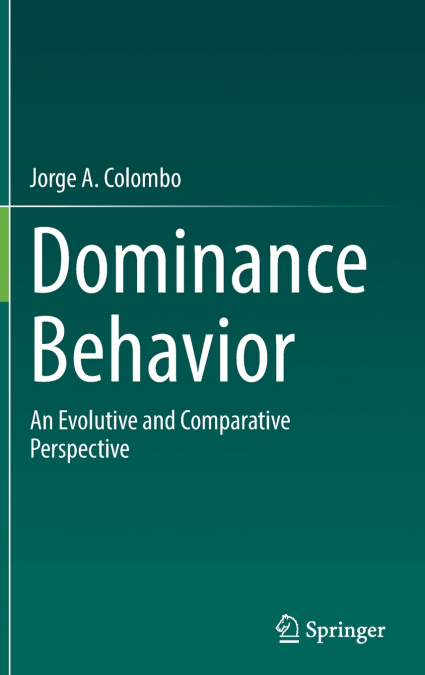
 Librería Desdémona
Librería Desdémona
 Librería Samer Atenea
Librería Samer Atenea
 Librería Aciertas (Toledo)
Librería Aciertas (Toledo)
 Kálamo Books
Kálamo Books
 Librería Perelló (Valencia)
Librería Perelló (Valencia)
 Librería Elías (Asturias)
Librería Elías (Asturias)
 Donde los libros
Donde los libros
 Librería Kolima (Madrid)
Librería Kolima (Madrid)
 Librería Proteo (Málaga)
Librería Proteo (Málaga)
This book approaches two behavioral domains involved with human nature and actions related to dominance, an ancient animal, survival-linked, behavioral drive anchored in basal neural brain circuits. These domains result in latent or manifest conflicts among components of human animal nature and cultural profiles. The first domain refers to evolutive animal behavioral inertias that affect the basic construction of our brain/mind and social behavioral spectrum, underneath cultural and political enclosures. The second domain is considered a consequence of the previous one and involves the concept that the basic animal behavioral drive of dominance interferes with the expression of a truly human, cooperative social construction, and fosters conflicts (based on profit or comparative advantage). This drive tints or conditions our behavior in all its expressions (parochial, social, political, financial, religious, cognitive development). It also fosters social detachment of elite minorities -financially powerful and drivers of human evolutionary trends- from general concerns and collective needs of legions of subdued populations. Additionally, the latter promotes Star Wars factual chimeras and expanding dominance/prevalence and power grip beyond earthbound objectives that promote spatial exploration and scientific objectives. The quest for knowledge is embedded in our behavioral construction but employed by opportunistic - political - strategies that seek dominance/prevalence.Basic, ancestral, animal drives, here focused on dominance, lie underneath our sociocultural expressions, and feed construction of survival, ideology, class prejudices, submissiveness, cooperativity, and technological development. On top of this basic drive, humans have construed additional relational levels (whether of cognitive or emotional nature) expressed as cultural constructions that provide means to attempt to approach a socially acceptable format and public support. Whenever these processes collide or collapse, individual and collective standings tend to generate social changes or individual or collective pathologies. This book should be an exciting read for all those enthusiasts of the human mind, behavior, and cultural evolution ranging from fields such as neuroscience and biology to political sciences and anthropology. Given the breadth of studies as well as the clear language used by the author, students will find this book as a resourceful material for the undergraduate and graduate studies.